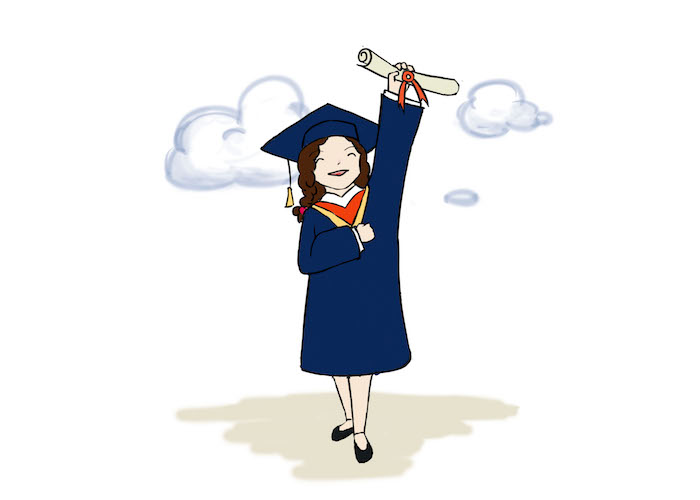As of May 2018, Canadian students collectively owe $28 billion in student loan debt. Quebec’s protest culture has helped keep tuition rates low in the province—some of the lowest in Canada, second only to Newfoundland and Labrador. Still, many Quebec students face thousands of dollars of debt upon graduation. In an op-ed featured in the Montreal Gazette, Alexandre Moreau and Miguel Ouellette of the Montreal Economic Institute explained that making higher education tuition-free would cost the province $1.1 billion to implement for Quebec students, and $1.3 billion if it were extended to include all Canadian and international students. Despite the hefty price tag, making college and university tuition-free offers numerous benefits to students and society as a whole.
Loans are a common way for students to cover the costs of university, but they often leave graduates shackled to making repayments for years or even decades. As of 2017, students who took out loans to finance their education graduated with an average of $22,084 in debt. Due to the relatively low tuition rates in Quebec, the provincial average is likely lower, but any amount of debt may take years to repay: The average length of time to repay student debt is 10 years.
Debt forces graduates to forgo traditional rites of passage like buying a home or a car, or even getting married and starting a family. Student debt negatively affects credit scores and prevents graduates from opening savings accounts, investing for retirement, and fulfilling other long-term financial goals. The need to make loan payments while working an entry-level job—or even an unpaid internship—puts graduates in a precarious financial situation.
Even if loans were a stable solution, lower–middle-class students who just barely miss qualifications for need-based financial assistance are often overlooked in conversations about free tuition. Students whose educations are financed by the government may find that their aid does not cover books, computers, off-campus housing, groceries, or other cost-of-living expenses. Tuition is only one of many expenses postsecondary students incur. For students who can only work part-time during the school year, their income may be sufficient to cover living expenses, but perhaps not tuition.
Moreau and Ouellette believe that forcing average Quebecers to pay for students’ tuition is unfair because those students eventually out-earn their benefactors. According to their research, 71 per cent of Quebecers do not have a university diploma. This group has a median annual income of $42-56,000, depending on whether they completed CEGEP, while the median university graduate makes $79,000 per year. However, this means that graduates pay more than twice as much combined income tax as non-graduates, as they reach a higher tax bracket. Therefore, an initial investment in higher education is actually fed back into provincial coffers.
Alleviating the burden of tuition for students studying in Quebec will not reduce the value of a degree, and the alternative to free higher education is not necessarily more money in the pockets of average Quebecers. Opponents of free tuition treat post-secondary students like entitled children who demand that the government subsidize their futures. In reality, many students live with the constant stress of paying for their education, which is exacerbated when they graduate with thousands of dollars of debt. Students might appreciate their degrees more if they had fewer strings attached. Although the initial cost is high, Quebec may find that the return is worth the investment.








